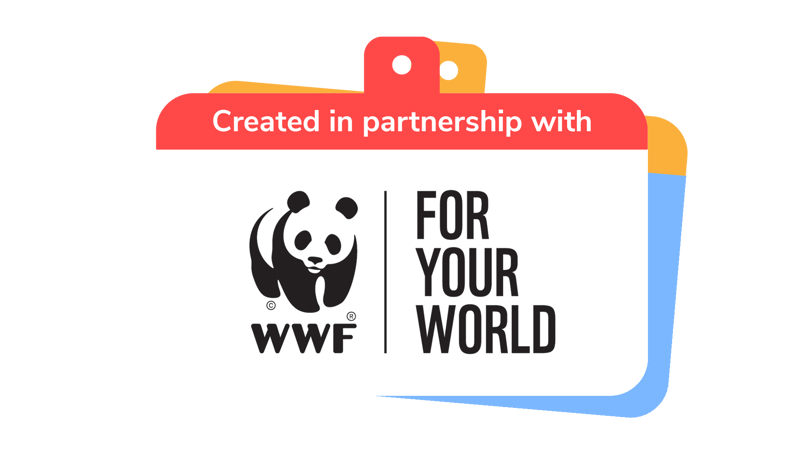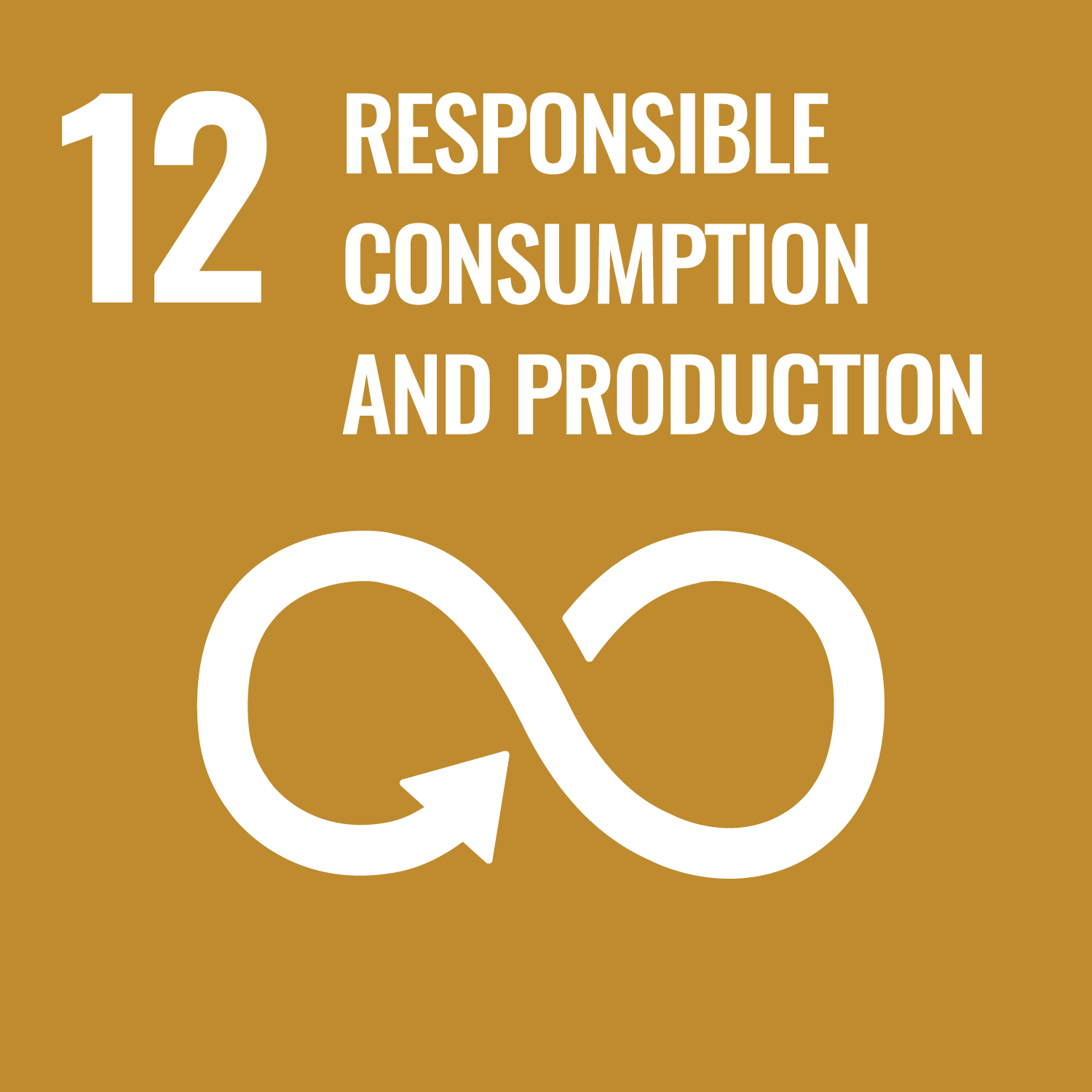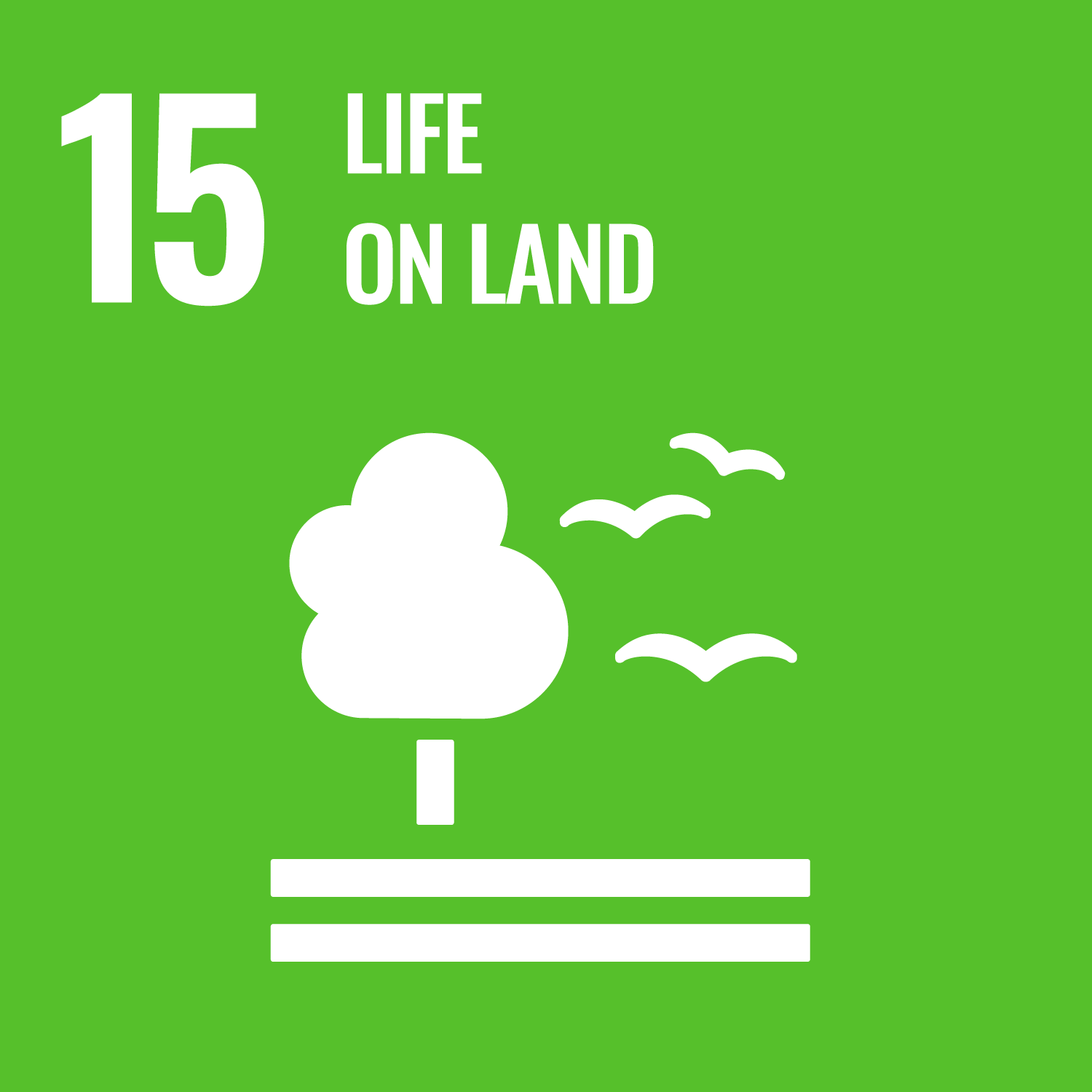
Wild walk
You’ll need
- Device with access to the internet
- Scrap paper
- Pens or pencils
- A map of your local area
Before you begin
- Remind yourself of everything people have done to protect the environment: how did they identify the need, plan action, and take action?
- If you have resources people made, or photos and videos of them taking action, bring them to show everyone. You could ask people to bring their own photos and resources too.
- Write the ‘Questions to ask’ below on six pieces of paper and display them around your meeting space.
- What theme did we explore?
- What did we do?
- Why did we do it?
- How did it make you feel? What skills did you develop?
- How did the project make a difference for people or the environment?
- What could we do next?
Remember, remember
- The person leading the activity should help everyone remember the main details about their project so far. They should use any resources, photos, or videos to help jog people’s memories.
- Everyone should split into six groups. Each group should go to a different piece of paper with a question on.
- Each group should spend two or three minutes thinking about each question, chatting with their friends, and jotting down their ideas.
It’s especially important to write down the answers to the final question.
- The person leading the activity should keep track of time. After a few minutes, they should tell everyone to move to the next sheet of paper. Everyone should keep moving around until they’ve had a chance to reflect on each of the six questions.
- Everyone should share their ideas.
This is a great chance to congratulate everyone again – take a moment to celebrate successes and people’s hard work.
Plan the walk
- Use an online tool (such as Google Maps, Ordnance Survey, or Go Jauntly) or a paper Ordnance Survey map to plan a simple walk about two kilometres long.
- Make sure your route includes: an area you’ve created for nature (or to improve biodiversity), a small green space (such as a pocket park, canal, or small playground), and a larger green space where people can run.
Think about access too – is the route wheelchair accessible? Can you get to the starting point using public transport? Is there parking? Are there (accessible) toilets?
- Complete a risk assessment.
- Everyone should get a piece of scrap paper and write something to spot.
People can choose what they want (within reason), for example, ‘five green things’ or ‘a fluffy animal’.
- The person leading the activity should put the pieces of scrap paper in a bag or box and keep them safe until it’s time to walk.
Invite the community
- Everyone should invite friends, family, and other members of their local community. They should remember to include all of the important information including the starting point, information about the route and access, and the times. Don’t forget to let people know how to RSVP.
Explain that the walk will be free (and fun). People will have the chance to explore green spaces and find out how the group’s made a difference.
- The person leading the activity should keep a list of who’s coming.
Make sure you have enough people to help (and deal with issues) on the day. Check in with anyone who has access requirements.
- Everyone should make sure that people provide a contact email address and/or phone number and bring appropriate clothing, water and snacks.
People could also download the Seek app so they’re ready to learn about local nature species.
The day before the walk
An adult should remind everyone who’s said they're coming about the walk by sending an email or text message. It’s a good idea to include a phone number people can contact if they get lost on the way.
You could also remind people about what to bring and the opportunity to download the Seek app.
On the day
- The person leading the walk should welcome everyone and be clear that any young people who aren’t part of the Scouts group are the responsibility of their parents and carers at all times.
- The person leading the walk should share the route with everyone.
- Everyone should set off. As they go, they should try to follow the five ways to wellbeing: connect, be active, take notice, keep learning, and give space and attention.
- As people walk, the person leading the walk should invite someone to pick a piece of scrap paper with things to spot. Everyone should try to spot what’s on the paper. They could use the Seek app to help.
You may need to quickly add some more options if your walk’s really popular.
- When people reach the planned stops, someone should explain a bit more about them, for example, how people took action to restore nature there.
- Everyone should keep going and do their best to finish the walk – though the journey (and fun exploring) is more important than the final destination.

This activity helps contribute towards some of the UN's Sustainable Development Goals. Find out more about the SDGs, and how Scouts across the world are getting involved.




Reflection
This activity was all about reflecting on a project and how it helped people’s community and encouraged them to be citizens. How did the project make a difference? Did people try anything new in this project or develop new skills? What was it like to organise and run an event? How did people react to the walk? Why is it important to reach out to others in the community and get them involved with protecting the environment?
Safety
All activities must be safely managed. You must complete a thorough risk assessment and take appropriate steps to reduce risk. Use the safety checklist to help you plan and risk assess your activity. Always get approval for the activity, and have suitable supervision and an InTouch process.
- Outdoor activities
You must have permission to use the location. Always check the weather forecast, and inform parents and carers of any change in venue.
- Animals and insects
Be aware of the risks before interacting with animals. Be aware of anyone with allergies, and make alternative arrangements for them.
- Gardening and nature
Everyone must wash their hands after the activity has finished. Wear gloves if needed. Explain how to safely use equipment and set clear boundaries so everyone knows what’s allowed.
- Hiking and walking
Follow the guidance for activities in Terrain Zero, or the guidance for each the adventurous activity.
- Depending on your group, it may be useful to have an adult at each sheet of paper to help people write down their ideas.
- Different groups will also be ready to reflect in different ways. You know your group best: adapt the reflection so it works for them.
- If anyone’s feeling really creative, they could make their own map for their journey.
- Some groups may be ready to help with the route planning, or even plan their routes independently, while others will need a little more support.
- It’s up to you how many people you can invite. You could keep it to close friends and family or open it up to the whole community.
- People can record their thoughts on the big sheets of paper in whatever way works for them, including drawing and writing ideas down.
- People could also draw what they’d like people to try to spot.
- Make sure the route’s accessible for people who use wheelchairs (and people with pushchairs). Think about how you could make it more accessible for people with sensory differences too – could you let them know about any noisier parts of the route, avoid busy areas, or have a plan in case they need a break?
All Scout activities should be inclusive and accessible.
Add extra challenges to your walk – how about a plastic-free picnic? You could even invite a local expert (for example, a forager, birdwatcher, or skateboarder) to join you.
Why not build a community around your walk? You could create a Facebook or WhatsApp group to advertise your adventure and encourage people to keep talking. If you organise wild walks termly (or even more often), you’ll create a real community for change.
Discover more at https://www.wwf.org.uk/
